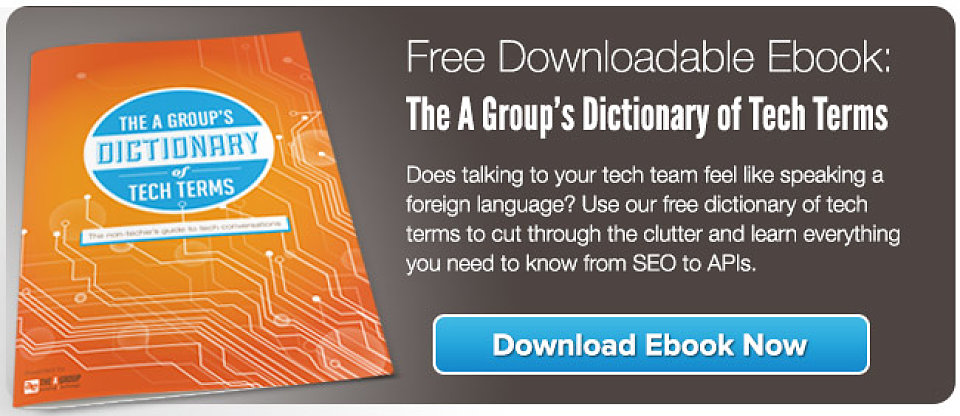Email Marketing 101: Part 1: En-“list” Your Supporters
By Kristen Shoates
This is the first part in a three-part series about how to effectively harness the power of email marketing to reach and engage your audiences. Part 1 covers the best way to build an email list.
We’ve come a long way since the “you’ve got mail” days, but 75 percent of people still say they prefer email as their go-to form of marketing communication. And while Baby Boomers are most likely to interact with the medium, as Millennials leave school and get jobs, they are likely to become much more active email users – meaning email marketing is here to stay. In fact:
- Email ROI is higher than any other form of communication – about $40 per email.
- Email is more effective than social media because it allows content to be sent directly to an audience, rather than waiting for someone to find it in a feed.
For ministries and nonprofits, email can be a powerful tool for sustained engagement and fundraising. As an industry that has historically relied on direct mail, shifting to digital communication, whether to complement mail appeals or replace them completely, is a cost-effective and critical way to reach a modern audience. The first step to great email marketing is building a healthy digital contact database.
Collect:
-
Wherever you interact with people, capture their email.
- Have a sign up form or sheet at all events.
- Make it easy to sign up on your website. For example, Blood:Water Mission (www.bloodwatermission.com) includes a prominent and simple email sign form in the header of their site.
- Use your social media platforms to ask people to sign up for your email list. People are much more likely to respond when asked.
- Create incentives to sign up. Offer a free eBook, sneak peek at exclusive content, or rewards system in exchange for an email address.
- Reduce the barrier to sign up. Only require email at first, and then in your initial email, collect other data such as name, address, etc.
- Know the rules: remember people must opt in to your list, either through direct sign up or donating/purchasing. Buying lists or misusing emails is a quick way to end up on the blacklist.
Segment:
Most email services allow for database segmentation, both for storing lists and sending to them. The more you know about your audience – where you met them, donation history, length of support, whether they are a volunteer or board member, etc. –- the more personal and targeted you can make your emails.
Maintain:
Even if you have a strong existing audience, the average email list turns 30 percent per year. Have someone who is dedicated to noting trends, bounce backs, opens rates etc. While it’s often worth sending to your full list for brand recognition, the true measure of a database’s health is active members – those whose emails are still valid and who frequently open and interact with the emails sent.
What methods have worked best for you to grow your email list? Stay tuned next week to learn the most important email design principles for increased open and click-through rates.















